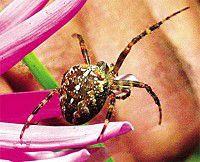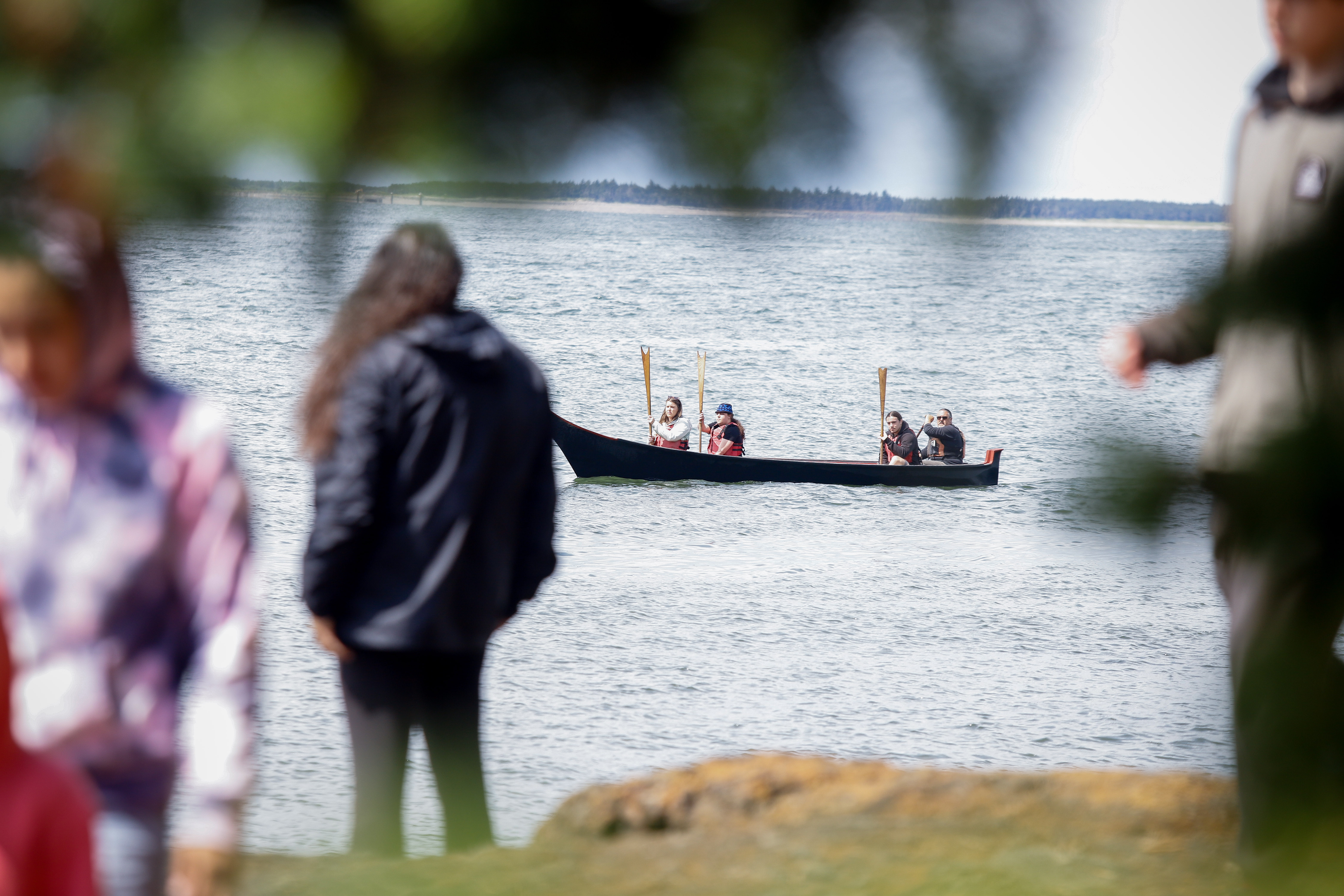Pacific County crawling with big spiders
Published 5:00 pm Tuesday, October 4, 2005

- <I>University of Maine photo</I><BR>European cross spiders, shown here at about life size, are out in force now.
PENINSULA – Suddenly, it seems like the spiders are everywhere – on the sides of buildings, in windows, on cars, and even, to the dismay of many, in the house.
“They come out in the fall,” people say to each other while knocking down the webs strung about their yards and buildings.
“If a brown recluse spider bites you, you could wake up in the hospital without arms and legs,” they say, smashing a spider found in their home.
“You can tell the dangerous spiders by their markings,” they advise one another.
But, according to Rod Crawford, a spider expert and curator at the University of Washington’s Burke Museum, most of what people say and believe about spiders is wrong.
Actually, he said, there are more spiders in the spring. But this time of year the larger, orb spiders have matured and are more conspicuous, particularly when they spin their webs across pathways and doors.
Orb spiders get their name from the shape of their web, the classic round geometric pattern people generally imagine when they think of a web. He believes the large dappled-brown and golden spider diligently creating these webs all over the Peninsula now are a type of cross spider, a non-native species introduced from Europe sometime in the 1920s. And they are perfectly harmless. They even set a good example for people by recycling. When their webs are destroyed, they eat the remnants so they can re-spin them.
Appropriately enough, Crawford has a Web site where he tries to dispel some of the spider myths and misinformation that fuels people’s fears, such as the story of people losing arms or legs to hobo or brown recluse spider bites.
He compares the story to an urban myth, similar to the choking Doberman or the poodle in the microwave. Further investigation of the stories reveal other underlying causes or medical conditions, such as diabetes, as the cause for the amputations, not spider bites.
Although people are quick to blame spiders, saying they were bitten during the night in bed, Crawford said those mysterious marks that sometimes just appear are typically caused by something else.
“Just because you have a bump doesn’t mean you have a bite,” he said, listing other potential causes such as rashes, allergic reactions, or even mosquito or flea bites.
Contrary to popular belief, spiders are not like miniature vampires. The do not “suck the juices” out of their prey, so, unlike mosquitoes, have no reason to bite people.
“Would you run up to Godzilla and bite him?” he asks, explaining why they are more likely to run away than try and bite.
In fact, he points out, spiders are incredibly beneficial.
“Spiders are the number one controller of insects,” he said. Those cross spiders sitting patiently in the center of their intricate webs outside the window eat thousands of aphids, helping gardeners. They also help control insects which can spread diseases. One particular spider, the false black widow, even eats fleas.
Which means, he said, spiders in the house are a good thing, controlling not only insects but other spiders as well.
The feared hobo spider, an introduced species, is actually declining in number because it is being out competed (read eaten) by another introduced species, the giant house spider.
Although around 900 different species of spiders can be found in the state of Washington, Crawford said about 95 percent the spiders in urban areas are non-native. Many species, such as the giant house spider, have adapted to live exclusively in houses. He said there are indications this species was already living in houses during the time of the Roman Empire.
Sometimes the giant house spider is incorrectly called a wolf spider by people. Understandable, because it can be difficult even for experts to identify different species. Color and markings can vary between individuals of the same species. He compares it to trying to establish the model of a car by looking at its color.
Crawford suggests leaving house spiders, and all spiders, alone. Even the ones that are frighteningly large. “They’re your friends,” he said, “just wave as they go by,” after all they would not be in the house if there were no insects there. “Just think how many bugs it has to eat to get that big.”
For additional spider information, including just plain weird stories, such as the foot long, Iraqi “camel” spiders which run 25 mph and scream like banshees (not true), visit The Spider Myths Site at (www.washington.edu/burkemuseum/spidermyth)






